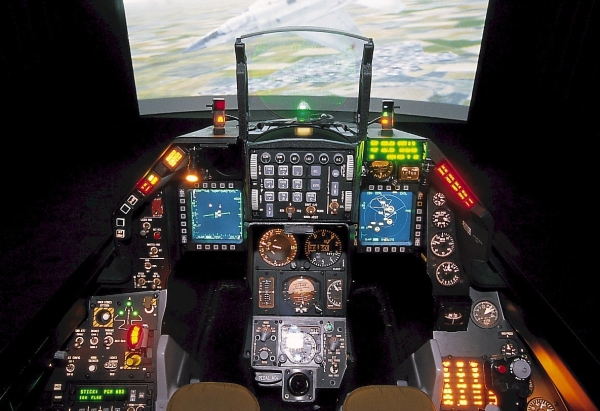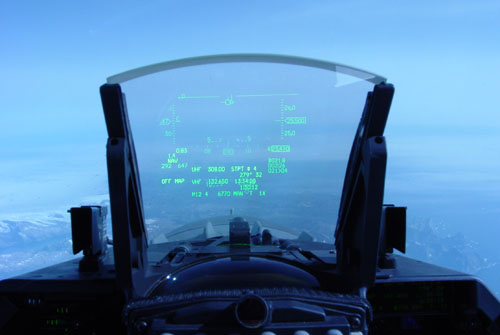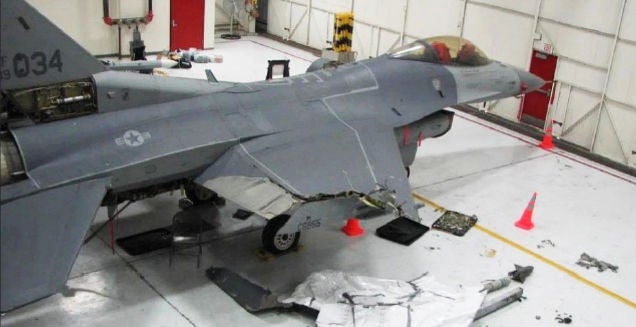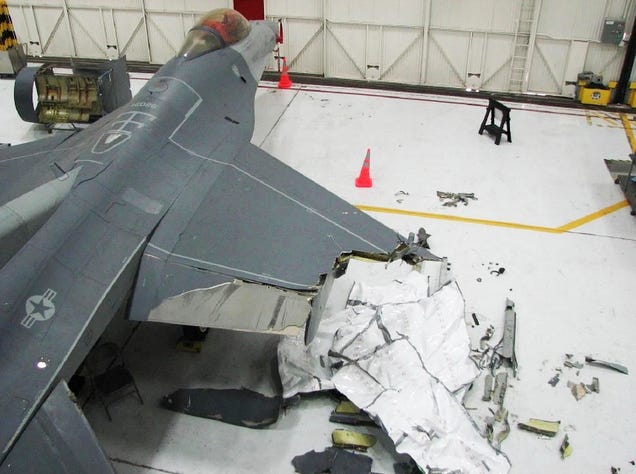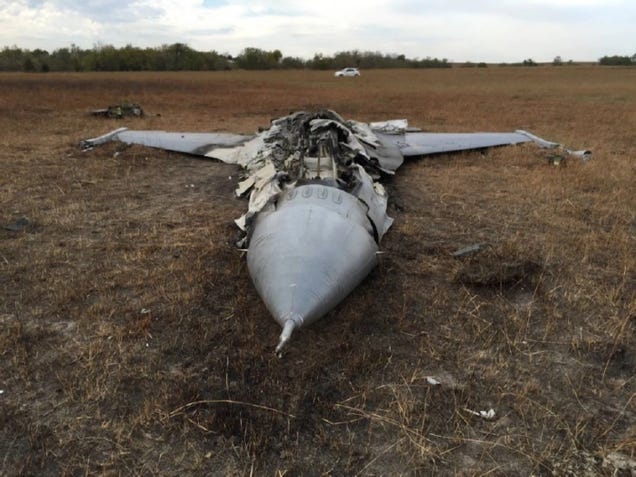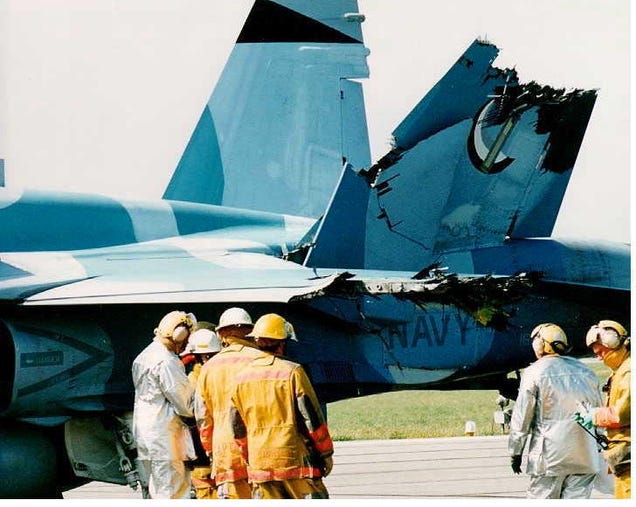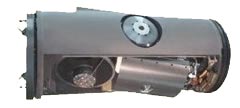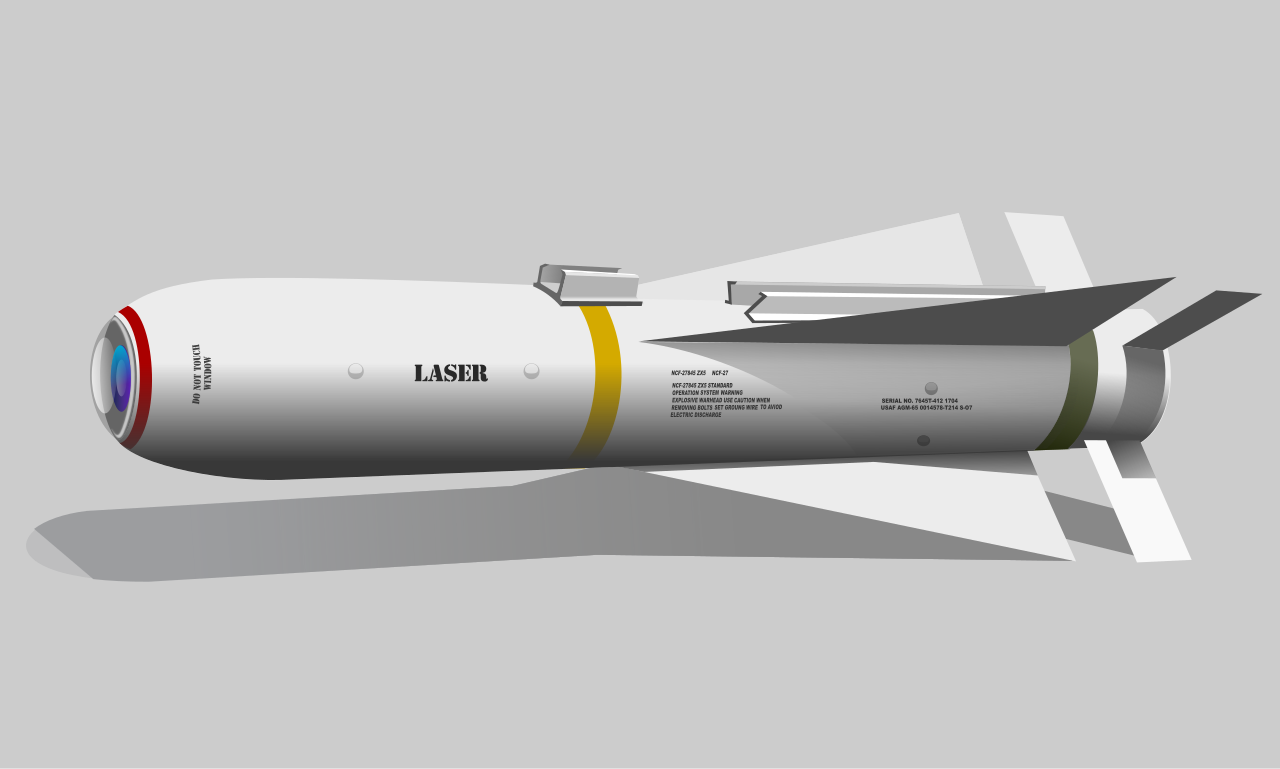This F-16 Viper Managed To Fly Back To Base Missing Half A Wing
Last October there was
a nearly fatal collision between two F-16 Vipers from the 125th Fighter Squadron of the Oklahoma Air National Guard. All we knew at the time was that one of the jets went down in a field after the pilot safely ejected, while the other managed to land with a damaged wing. But "damaged" was putting it lightly. Half of the wing was completely sheered off.
The extent of the damage is remarkable, with a massive portion of the wing ripped off like a shark took a chunk out of it mid-air. Even more remarkable is that the pilot of the stricken Viper was able to safely fly back to base, well over 100 miles from where the collision occurred.
The doomed flight was a 2-vs-1 air-to-air training mission over the Eureka Military Operating Area (MOA) in Kansas around 2 PM. The two-ship section was headed by an experienced Viper pilot, while his wingman was fairly new to the F-16. The first intercept occurred against a lone F-16 acting as the enemy without incident, the second was another story.
The jets flew in a combat spread formation towards the "enemy" jet Bandit. At the merge, the wingman initiated a left turn towards the F-16, which was passing between the two friendly jets. The flight lead misread that as a right turn and proceeded his own right turn towards the aircraft. With the flight lead not maintaining a continual visual on his wingman – likely concentrating on finding the enemy jet as the group entered into a tight-turning dogfight – the two jets in the "friendly" section flew into each other.
Here's the USAF's rendering of how it went down:
The wingman's jet sliced through his flight lead with his missile rail impacting the lead jet's F-16 from the wing root back. This sent the lead into a violent maneuver, with the wingman immediately calling for him to eject. Thankfully, the heavy G loads didn't prevent that. His aircraft pancaked into the ground moments later and he ended up landing less than 100 feet from its burning carcass.
910
Human error and a classic loss of situational awareness caused the mishap, but we can also draw a few other observations.
First off, it's a chilling reminder of just how fast things move up there and how a simple misjudgment or loss of visual on another aircraft can cost aircrew their lives. Secondly, it's astonishing that an F-16 – nicknamed the "Electric Jet" due to its fly-by-wire flight control system and electronic actuators – can lose half of a wing and still make it home safely. I'd be very interested to have an engineer explain just how the Viper's computers could account for that level of damage and keep the jet pointed in the right direction.
Although we've seen this kind of thing before (check the video below), the F-15's is a lifting body design, with much of its lift coming from the fuselage, along with the wings. Conversely, the Viper relies almost entirely on its wings for lift. Additionally, the F-15 does have an augmented stability control system, but it's not a fly-by-wire aircraft with "relaxed stability" and instead relies on traditional hydraulics to power its control surfaces.
Although the incident was terrifying for all involved, at least no lives were lost, and Viper pilots around the world can feel a little safer knowing they could lose six feet of wing and the jet will still bring them home in one piece. That's something Hornet pilots have known for some time:
This F-16 Viper Managed To Fly Back To Base Missing Half A Wing







